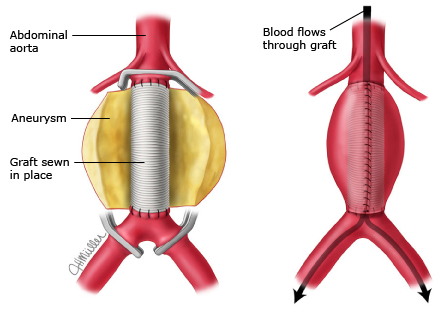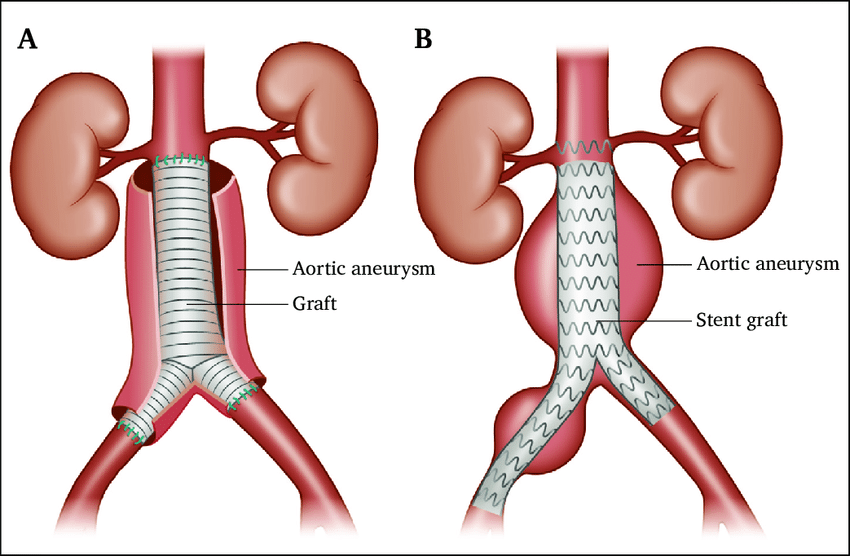Aortic Artery (Aorta): Conditions, Symptoms, and Treatments in Amman, Jordan
Understanding Aortic Artery Health: Your Body’s Main Bloodline
What is the Aorta?
The aorta is the largest artery in the human body and the central pillar of your circulatory system. It is a vital vessel that efficiently transports oxygen-rich blood directly from the left ventricle of your heart to all other parts of the body.
The aorta’s journey is divided into sections: it ascends from the heart, arches over it, and then descends through the chest (thoracic aorta) and into the abdomen (abdominal aorta), branching out to supply major organs and tissues.
Critical Aortic Diseases: Aneurysm & Dissection
Diseases affecting the aorta can be life-threatening and require specialized care. Understanding the difference between the two main conditions is crucial for cardiovascular health.
1. Aortic Aneurysm
An aortic aneurysm is a dangerous enlargement or ballooning of the aortic artery due to a weakening of its wall. While it can occur in the chest, it is most common in the lower part of the aorta in the abdomen.
2. Aortic Dissection
An aortic dissection is a critical emergency where a tear occurs between the inner and middle layers of the aorta’s wall. Blood rushes through this tear, separating the layers and creating a false channel. This separation can obstruct blood flow through the true aorta, leading to a condition called malperfusion.
- Malperfusion Risk: This obstruction can cut off blood flow to vital organs like the kidneys, liver, and bowels, potentially causing kidney failure, paralysis, or loss of blood flow to the limbs.
- Causes: Similar to aneurysms, the main causes are high blood pressure, smoking, and underlying connective tissue disorders.
|
Dissection Type |
Location |
Treatment |
|
Type A (Ascending) |
Involves the first part of the aorta as it leaves the heart. |
Emergency Open Surgery is required to prevent immediate blockage of the heart’s coronary arteries. |
|
Type B (Descending) |
Occurs elsewhere in the chest or abdomen. |
Initial management focuses on controlling blood pressure and pain. Endovascular stent grafting is often performed as a minimally invasive procedure, especially if the dissection is chronic or causes complications (like malperfusion). |

Repairing aortic disease By Dr. Omar Hamdallah often involves two primary surgical approaches:
EVAR – Endovascular Aneurysm Repair (Minimally Invasive)
EVAR is a modern, less invasive procedure used to treat aortic aneurysms and some dissections.
How it Works: A vascular surgeon uses small incisions in the groin to insert and guide a stent graft into the damaged aorta using live imaging. The stent acts as a new lining, reinforcing the weak wall and preventing rupture.
Key Benefits: Shorter recovery time, less pain, lower blood loss, and a reduced risk of complications compared to open surgery.
Open Aortic Surgery (Traditional)
Open aortic surgery remains the standard for large, complex, or ruptured aneurysms and ascending (Type A) dissections.
How it Works: It involves a larger incision in the chest or abdomen to directly access and replace the damaged section of the aorta with a durable synthetic graft.
Why Choose Open? It provides long-term durability and is the necessary, life-saving solution when EVAR is not anatomically suitable or in emergency rupture cases. Recovery is typically longer.

![Dr Omar Hamdallah الدكتور عمر نادر يونس حمدالله [Dictation ended]](https://jordanvascular.com/wp-content/uploads/2025/10/cropped-Untitled-1.png)